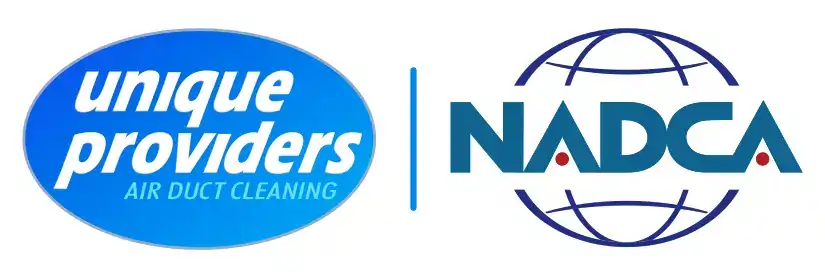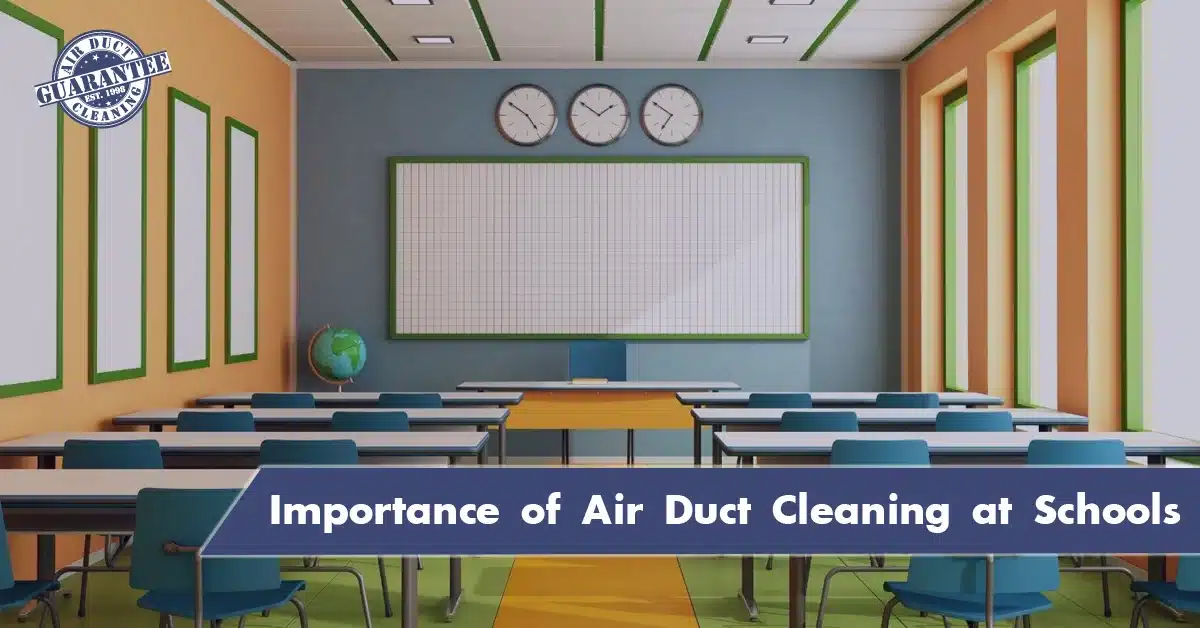Creating an environment conducive to learning extends beyond the confines of classroom walls. It encompasses the entirety of the educational facility, including its infrastructure and maintenance. One often overlooked yet crucial aspect of maintaining a healthy and productive learning environment is duct cleaning. In this comprehensive blog post, we’ll delve deep into the significance of duct cleaning in educational facilities, exploring its impact on student health, academic performance, and overall well-being.
Understanding the Importance of Indoor Air Quality
Indoor air quality (IAQ) significantly influences the health and productivity of occupants within educational facilities. Poor IAQ can lead to a myriad of health issues, including respiratory problems, allergies, fatigue, and headaches. Students and staff spend a substantial portion of their day indoors, making it imperative to ensure that the air they breathe is clean and free of contaminants. Ductwork serves as the circulatory system of a building’s HVAC (heating, ventilation, and air conditioning) system, distributing conditioned air throughout the facility. However, over time, dust, pollen, mold, allergens, and other pollutants can accumulate within ducts, compromising IAQ and jeopardizing the health and well-being of occupants.
The Benefits of Duct Cleaning in Educational Settings
- Enhanced Health and Well-being: Regular duct cleaning removes accumulated dust, allergens, and contaminants from HVAC systems, resulting in cleaner air and healthier indoor environments. By reducing exposure to airborne pollutants, students and staff experience fewer respiratory issues, allergies, and illnesses, leading to improved attendance rates and academic performance.
- Optimized Learning Environments: Clean air promotes cognitive function and concentration, enabling students to focus better and retain information more effectively. By creating a comfortable and healthy atmosphere, duct cleaning contributes to a positive learning experience for students and fosters a conducive environment for teaching and collaboration among educators.
- Mitigation of Mold and Mildew: Damp and dark conditions within ductwork provide an ideal breeding ground for mold and mildew, posing health risks and compromising structural integrity. Regular duct cleaning helps prevent mold growth, safeguarding the health of occupants and preserving the integrity of the building.
- Efficient HVAC System Operation: Clean ducts promote better airflow and energy efficiency within HVAC systems, ensuring consistent temperature control and comfort throughout the facility. By optimizing HVAC performance, duct cleaning reduces energy consumption and operating costs, allowing educational institutions to allocate resources more effectively.
- Long-term Cost Savings: Investing in regular duct cleaning not only improves IAQ and enhances student health but also extends the lifespan of HVAC equipment. By reducing wear and tear on HVAC components and minimizing the risk of breakdowns, duct cleaning helps educational facilities avoid costly repairs and premature system replacements, resulting in significant long-term cost savings.
Implementing a Comprehensive Duct Cleaning Program
Establishing a comprehensive duct cleaning program is essential for maintaining IAQ and ensuring the health and well-being of students and staff. The following steps can guide educational institutions in implementing an effective duct cleaning regimen:
- Assessment and Inspection: Conduct regular assessments of ductwork to evaluate cleanliness and identify any potential issues or areas of concern.
- Scheduled Cleanings: Establish a routine schedule for professional duct cleaning based on the specific needs and usage patterns of the facility. Consider factors such as occupancy levels, building age, and environmental conditions when determining the frequency of cleanings.
- Documentation and Record-keeping: Maintain detailed records of duct cleaning activities, including dates of service, findings, and any recommendations for future maintenance or repairs. Documentation ensures accountability and facilitates compliance with regulatory requirements.
- Collaboration with Professional Services: Partner with experienced and reputable duct cleaning professionals who specialize in commercial and educational facility environments. Work closely with service providers to develop customized cleaning plans tailored to the unique needs of the facility.
- Education and Awareness: Educate students, staff, and stakeholders about the importance of IAQ and the role of duct cleaning in creating healthy learning environments. Promote awareness through informational materials, workshops, and training sessions to foster a culture of environmental stewardship and responsibility.
Conclusion: Investing in Student Health and Academic Success
Duct cleaning plays a vital role in safeguarding the health and well-being of students and staff while creating optimal learning environments conducive to academic success. By prioritizing IAQ and implementing regular duct cleaning programs, educational institutions demonstrate their commitment to providing safe, healthy, and nurturing environments for learning and growth. Clean air not only improves student health and performance but also enhances the overall educational experience, setting the stage for a brighter and more prosperous future for generations to come.
Call Unique Providers at (905) 456-8940 to schedule a site-visit today at your school or educational facility.




